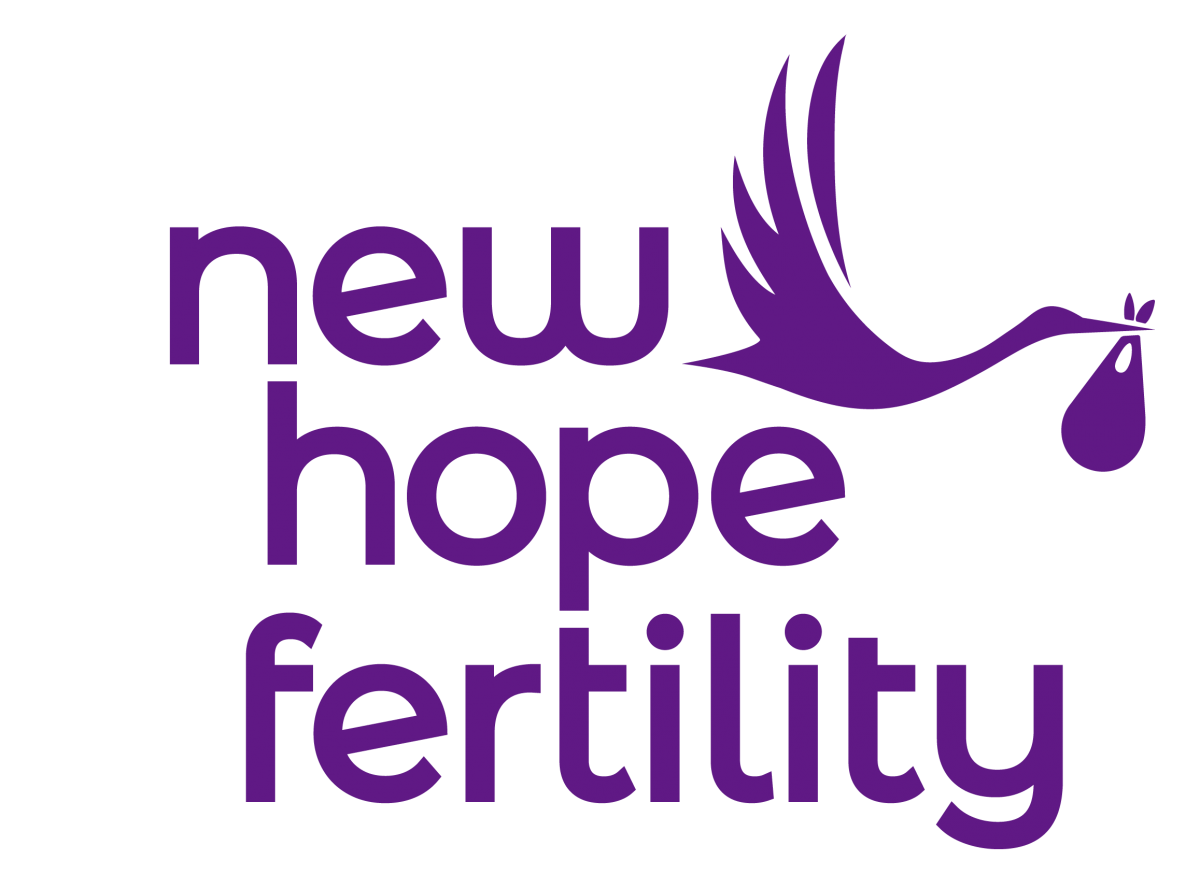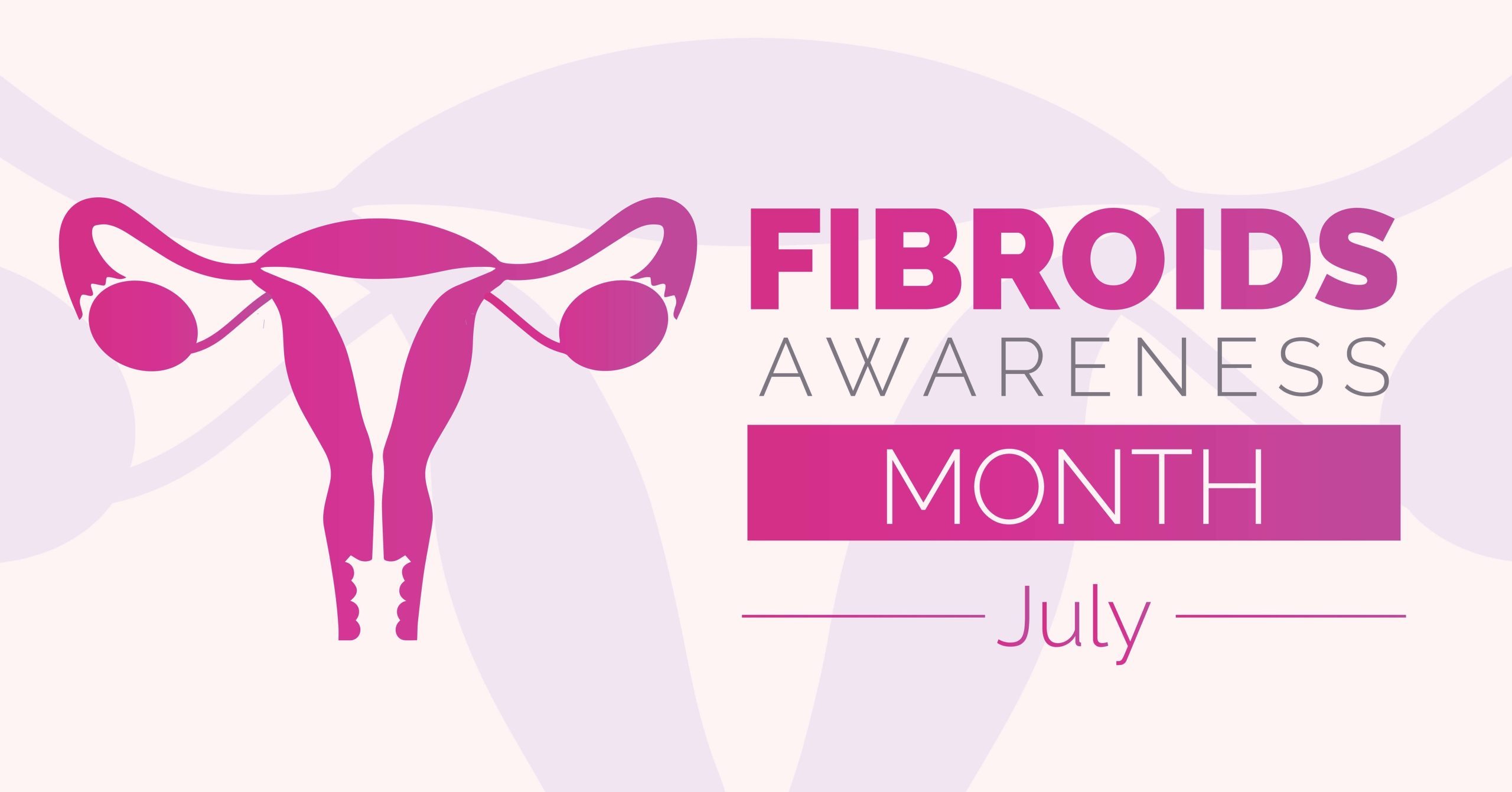July is the perfect time to explore the question of whether fibroids can sometimes cause infertility. The answer, in short, is that doctors do believe there is a potential connection between the two conditions. For that reason, it’s vitally important for women and couples to understand what fibroids are and the possible impact they can have on fertility.
In this article, we’ll be delving deeper into the different types of fibroids, the symptoms of uterine fibroids, and the ways in which fibroids might impact fertility.
What Are Fibroids?
Also known as uterine fibroids, or leiomyomas, fibroids are noncancerous growths that occur in the uterus. Composed of muscle tissue and fibrous connective tissue, fibroids can vary in size and may appear in different locations on or within the uterus.
There are four common locations and types of fibroids:
- Intramural Fibroids – Develop within the muscular wall of the uterus
- Submucosal Fibroids – Grow just beneath the inner lining of the uterus and often protrude into the uterine cavity
- Subserosal Fibroids – Grow on the outside wall of the uterus and extend outward into the pelvic cavity
- Pedunculated Fibroids – Attach to the uterus by a stalk or stem
What Are Uterine Fibroids Symptoms?
It’s quite common for women with uterine fibroids not to experience any symptoms at all, but when symptoms do occur, they typically include:
- Pelvic pain or pressure
- Enlarged abdomen or a feeling of fullness
- Heavy or prolonged menstrual bleeding
- Frequent urination
- Constipation
- Pain during intercourse
- Infertility or difficulty conceiving
How Are Fibroids Diagnosed?
For anyone who suspects they have fibroids or are experiencing any of the symptoms listed above, there are several diagnostic methods that a healthcare professional may rely on for detecting fibroids:
- Pelvic Examination – Physically examining the uterus to check for any potential abnormalities.
- Ultrasound – Sound waves create images of the uterus to help visualize the size, number, and location of fibroids.
- MRI – Detailed imaging of the uterus to better assess characteristics of fibroids
- Hysteroscopy – A thin, lighted tube inserted through the vagina and cervix to examine the inside of the uterus
What Are the Treatment Options for Fibroids?
Treatment of uterine fibroids depends on several factors, including the size and location of the fibroids, the severity of symptoms, and the desire for future fertility. Options include:
- Waiting and Watching – Fibroids that are small, asymptomatic, or not causing significant issues are monitored regularly to ensure they’re not growing or otherwise causing complications
- Medications – Hormonal medicines such as birth control pills or IUDs can help control heavy menstrual bleeding and relieve other associated symptoms. Gonadotropin-releasing hormone agonists can temporarily shrink fibroids by suppressing the production of estrogen and progesterone.
- Non-Invasive Procedures – Several non-invasive procedures, such as radiofrequency ablation, MRI-guided ultrasound therapy, and uterine artery embolization, can destroy or shrink the fibroid tissue.
- Surgical Interventions – There are two main surgical interventions for fibroids:
- Myomectomy – Recommended for women who wish to retain future fertility, the procedure involves the removal of fibroids while still preserving the uterus.
- Hysterectomy – In severe cases causing significant symptoms or in cases where fertility is not a concern, the removal of the uterus is often recommended.
What is the Relationship Between Fibroids and Fertility?
It’s important to note that there are a number of factors that determine whether fibroids will cause infertility and that not every woman who has fibroids will experience fertility issues. That said, certain fibroids have been shown to interfere with a woman’s ability to conceive and/or maintain a pregnancy.
Here are the five biggest concerns when it comes to the question of whether fibroids can cause infertility:
- Distorted Uterus – If the fibroids are too large, they can alter the shape of the uterus and make it more difficult for a fertilized egg to implant properly.
- Fallopian Tube Blockage – A fibroid located near the openings of the fallopian tubes can obstruct the tubes and prevent sperm from reaching the egg for fertilization.
- Blood Flow Disruption – Fibroids can cause abnormal blood flow that affects the development of the uterine lining and also leads to a higher risk of recurrent miscarriage.
- Embryo Implantation Interference – Fibroids can cause inflammation in the uterine lining and may affect the ability of an embryo to implant and establish a pregnancy.
- Pregnancy Complications – In some cases, fibroids don’t directly cause infertility but can lead to complications during pregnancy, including placental issues, premature labor, and delivery complications.
During Fibroid Awareness Month, it’s particularly important for anyone experiencing fertility issues to understand the potential relationship between fibroids and infertility and to consult with a healthcare professional about any concerns or issues they might be having.
For more information, here’s a list of resources and organizations supporting fibroid awareness:
- https://www.fda.gov/consumers/knowledge-and-news-women-owh-blog/knowledge-news-women-fibroid-awareness-month
- https://www.princetongyn.com/blog/fibroid-awareness-what-you-need-to-know
- https://nyulangone.org/news/today-raising-awareness-uterine-fibroids-overlooked-disease
- https://carolinasfertilityinstitute.com/fibroids-and-infertility/
Ready to consult a fertility specialist? Reach out to the caring professionals at New Hope Fertility today.

